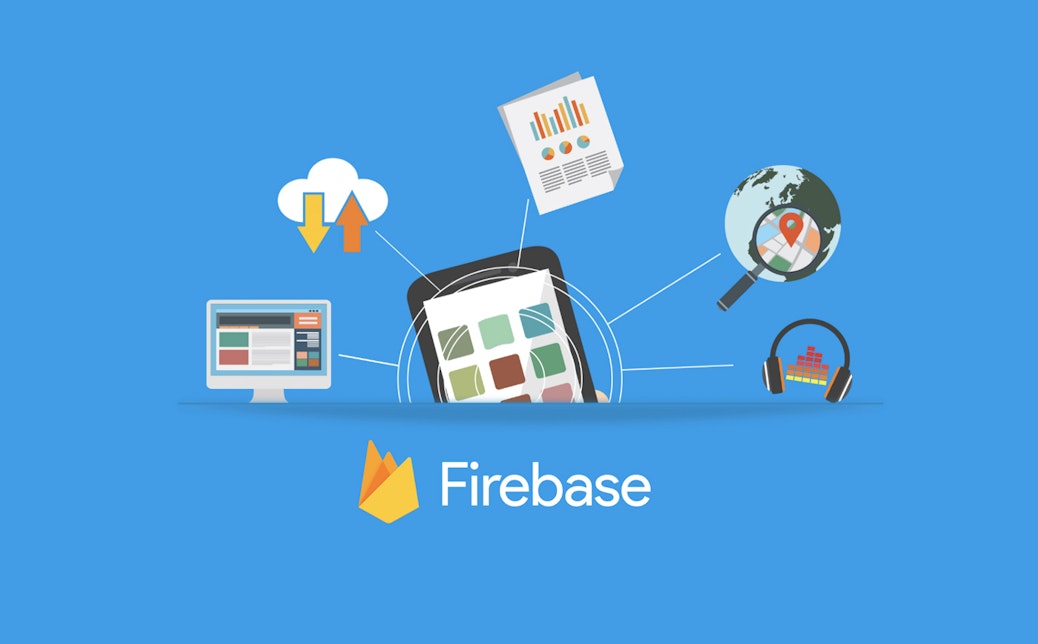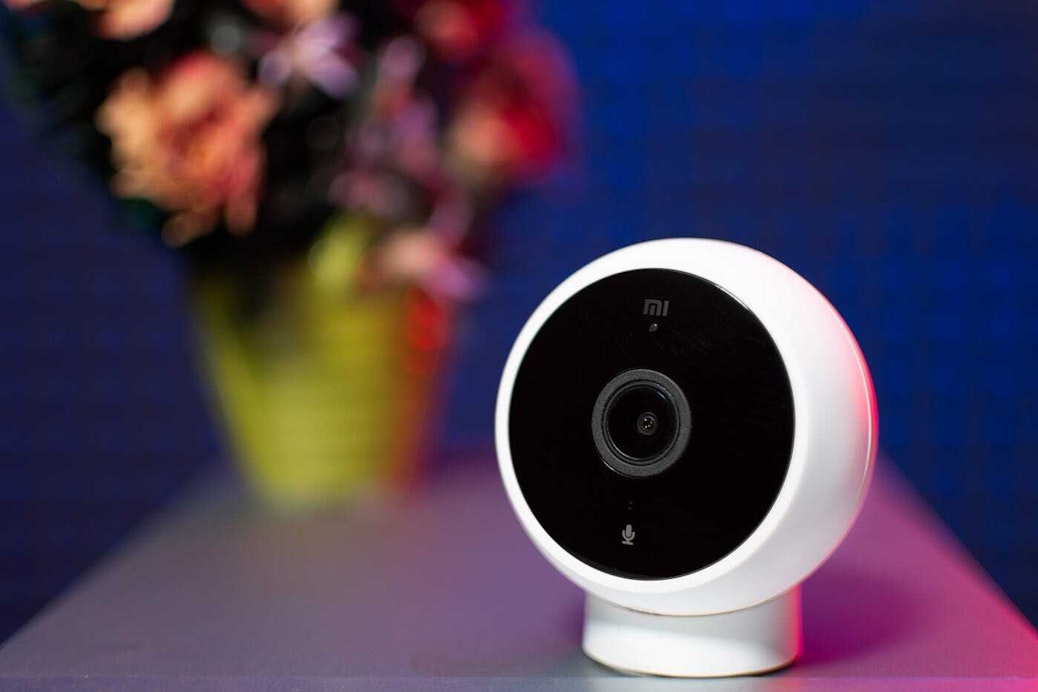
In the past few years, Consumer Electronics companies have come to realize that understanding customer behavior is just as valuable as getting them to the store in the first place and that Lifetime Value (LTV) is a stronger metric than units sold.
Google Firebase Analytics has long been the go-to for mobile applications. The easy-to-integrate native SDK, out-of-the-box data, and low-cost high-feature platform have made it the leader in the mobile age for knowing and understanding your users. However, when it comes to devices and apps, we need to take more care of where the data comes from, what it means, and what we can do with it.
Endpoints, Not Users
When dealing with a connected product, gathering user data is not enough. Instead, we should be looking at how the user and the device work together. The foundation of this lies in understanding association and origin — where you should see a user and a device as a pair (having data for both on all related events), and consider if an event is a user interaction, a device function, or both working together, so you can see what happens where, and where you should push to improve.
Data Comes from Everywhere
In almost all connected products, and specifically device-first or dual-use products, having the app as the master of data won’t be enough.
For those devices, users can use functions on the device itself, not only through the app. Those activities should be accounted for and layered in a data warehouse (such as Google BigQuery) to enable having an easy way to get actionable information out of the data gathered.
Family Matters
Most solutions allow us to look at an individual user, but many connected household appliances can be used by multiple members of the same household. To understand the happiness of your users, you should consider the household as a whole — adding in data on how the users work together, and who would be your next point of contact to push on retention and upsell of other products and accessories. In the case of a single-cup coffee maker, for instance, setting a household as an entity is a must since coffee-drinking habits tend to be unique, and this can inform the communication.
IoT-Specific Funnels
In the world of apps, it’s common to determine ROI by measuring the usage of a specific app feature. But when a physical device is part of the mix, understanding the experience of the user becomes a bit more nuanced, and your ability to shift behavior to drive desired outcomes becomes more complex. Consider the microwave, which has seemingly countless features and settings available, yet people primarily only use the cook-time setting or the popcorn button. Armed with insight, and the right tools, a manufacturer could communicate with users to improve product onboarding and help them use the product, and its many features, more consistently and as intended. Or, that insight could inform future product iterations, whereby the manufacturer could enhance the interface by removing or changing the unused features and settings.
Moreover, consider how collecting data about the users’ interactions could influence how you might communicate with them. For instance, if a happy, active user is primarily interacting with the product via the device app, they may be best suited for a message that pushes them to rate the app in the App Store. A user who interacts with the product specifically on the device interface, however, would be more appropriate to consider in a push to rate and review the product in the online store.
Reach out to the right place
When and how you send a communication to the user can be as critical to consider as the message itself. Many app developers try to drive retention and usage using Firebase Cloud Messaging, which, in itself, might cause users to delete the app rather than re-engage with it. A connected device gives you the opportunity, or rather, a requisite, to reach out in new and innovative ways. Use emails to reach churning users and Alexa to ramp-up usage. Reach out to the right person, at the right time, through the right channel, and with the right message, instead of looking for an easy win that may do more harm than good.
From Events to Lifetime Value
At the end of the day, we begin to understand that for connected devices, user experience and retention are just as important to a higher Lifetime Value (LTV) as the initial transaction. And the data should be oriented in such a way as to maximize user satisfaction and LTV.
Give your data tables a look, think of how, why, and when your device should be used, and how it can help inform what to improve and what to remove.
Knowing your users has become key in the long cycle of iterating and creating new versions of a physical device, and increasing satisfaction can lead to more revenue, particularly when you can identify happy users who can refer friends to your store, or maybe prime to buy more consumables, accessories or product upgrades.
If you’re considering Firebase for your connected consumer electronics product, Copilot can help. Visit us or email at hello@copilot.cx.






